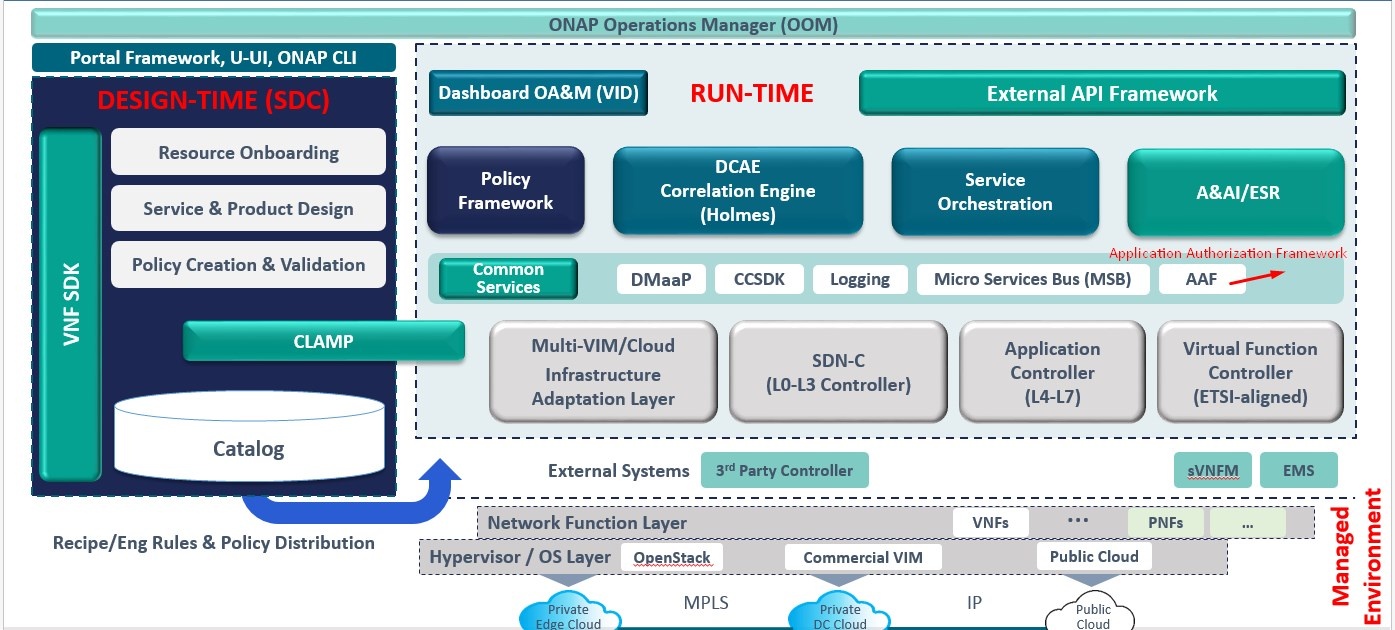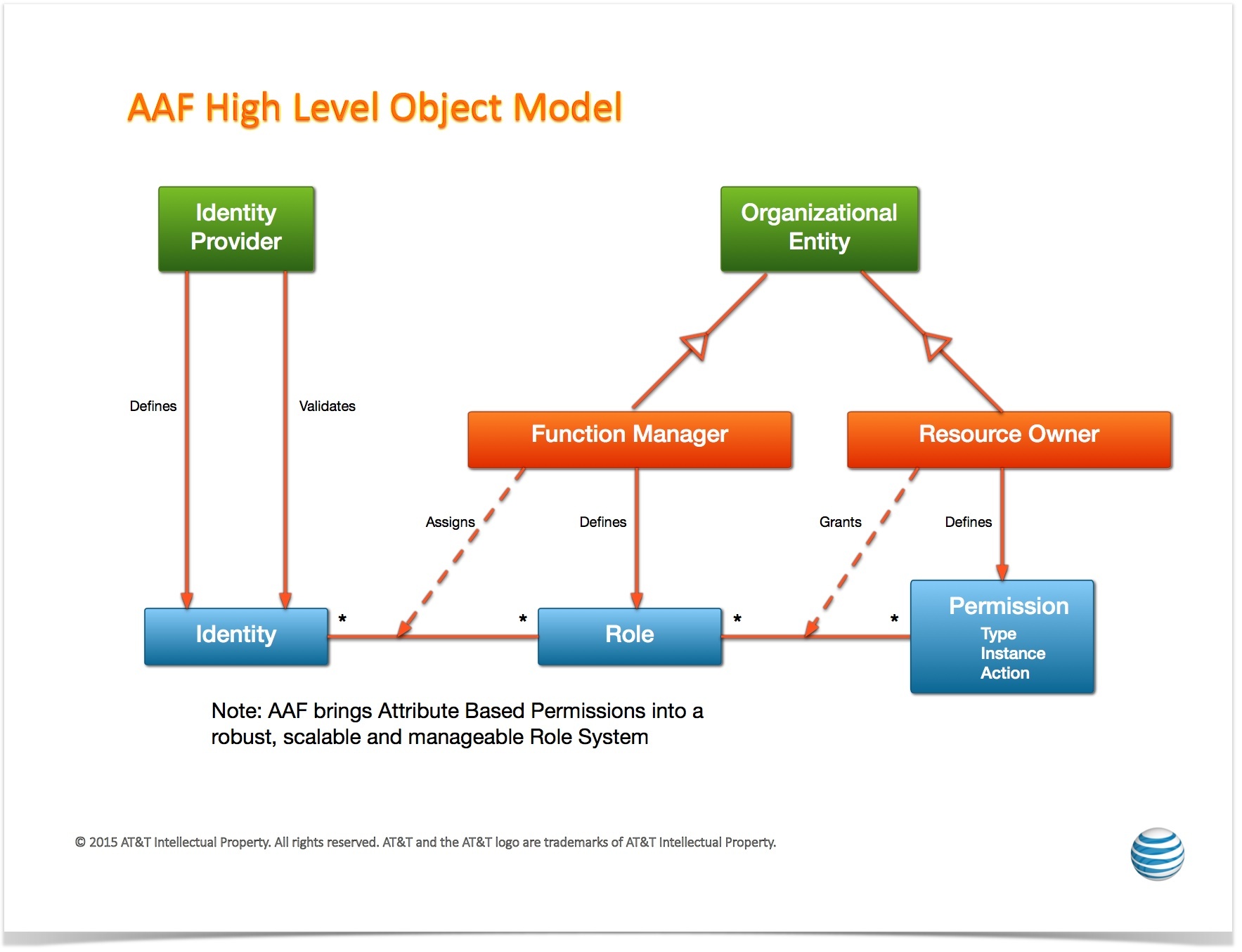| Table of Contents | ||
|---|---|---|
|
Overview
| Project Name | Application Authorization Framework |
|---|---|
| Target Release Name | Enter the name of the release you are targeting to deliverBeijing Release |
| Project Lifecycle State | Either Incubation, Core, Mature. Refer to ONAP Charter, section 3.3 Project Lifecycle for further information |
| Participating Company List | the company participating in this release. At least 3-4 organizations, including an operator are recommended.AT&T, Intel, Tech Mahindra |
Scope
What is this release trying to address?
Describe the problem being solved by this releaseAAF trying to address the secured communication threw certificate management & token based Authentication,Authorization
Use Cases
Describe the use case this release is targeted for (better if reference to customer use case).The existing Amsterdam use cases are still going to be supported and additional use cases related to the will be supported for the Beijing Release
Minimum Viable Product
Describe the MVP for this releaseFor Beijing release, the minimum viable product we are targeting is integrating AAF with multiple ONAP applications and perform secured transactions.
Functionalities
List the functionalities that this release is committing to deliver by providing a link to JIRA Epics and Stories. In the JIRA Priority field, specify the priority (either High, Medium, Low). The priority will be used in case de-scoping is required. Don't assign High priority to all functionalities.
...
Deliverable Name | Deliverable Description |
|---|---|
AAF integration with Appc | AAF Git repository |
| AAF source code | AAF Git repository |
| AAF library | ONAP Nexus repository |
| AAF API description | ONAP wiki |
| AAF Release Notes | ONAP wiki |
| AAF Documentation | AAF Git repository |
Sub-Components
List all sub-components As part of this release.
Activities related to sub-components must be in sync with the overall release.Sub-components are repositories and are consolidated in a single centralized place. Edit the Release Components name for your project in the centralized page.the Beijing release,Certificate Management will be added to the AAF
Architecture
Architecture
High level architecture diagram
At that stage within the Release, the team is expected to provide more Architecture details describing how the functional modules are interacting.
Indicate where your project fit within the ONAP Archiecture diagram.
Block and sequence diagrams showing relation within the project as well as relation with external components are expected.
Anyone reading this section should have a good understanding of all the interacting modules.
Platform Maturity
Refering to CII Badging Security Program and Platform Maturity Requirements, fill out the table below by indicating the actual level , the targeted level for the current release and the evidences on how you plan to achieve the targeted level.
| Area | Actual Level | Targeted Level for current Release | How, Evidences | Comments |
|---|---|---|---|---|
| Performance | 0 | 1 | Run performance basic test, depends on performance criteria availability for level 1 |
|
| Stability | 0 | 1 | Participate to Stability runs Level 1 |
|
| Resiliency | 1 | 21 |
| |
| Security | 0 | 1 | Reach CII passing badge, increasing test coverage as remaining item |
|
| Scalability | 0 | 1 | Reach Level 1 single site horizontal scaling |
|
| Manageability | 1 | 1 | Using LOG4J common framework for logging |
|
| Usability | 1 | 1 | API documentation provided |
|
...

